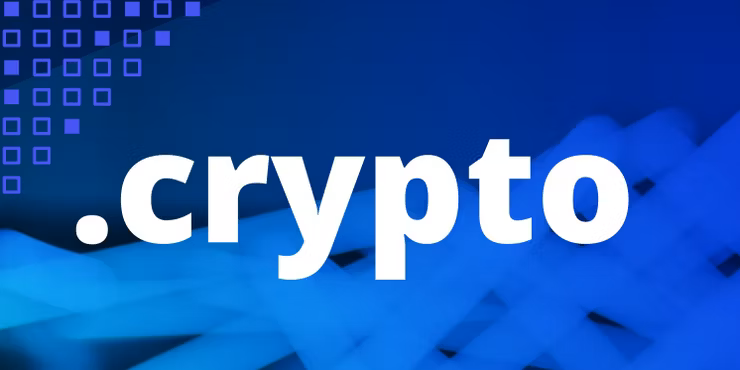
Web3 is still undergoing the same evolution the internet did in its early years, and giving a crypto wallet a human-readable name is an important evolutionary step. The convergence of blockchain, metaverse, and the internet forms “Web3“, the third generation of the internet, and two fundamental pieces of Web3 are crypto wallets and NFTs. Usually, when people hear about non-fungible tokens or NFTs, they think of an overpriced JPEG image that someone wasted a lot of money on, but NFTs can be more than that. “NFT domains” are specialized NFTs that give crypto wallets a human-readable name, correcting a massive user-experience issue that Web3 still suffers from.
A crypto wallet is an account on a blockchain network identified by its “public address“, which is usually a 40-digit hexadecimal number that only a machine can remember. When sending crypto/NFTs to someone, copy-pasting their public address is the only practical way to ensure the tokens don’t go to the wrong address. Getting a recipient’s address correct is extremely important, as copying the wrong address (or changing a single digit) will result in a permanent loss of funds. Worse, because these addresses look very similar to human eyes, it makes crypto phishing attacks and mistakes an easier occurrence. That’s where NFT domains come in to make Web3 easier and safer.
With an NFT domain, NFTs and cryptocurrency can be sent to a human-readable username instead of copy-pasting the recipient’s public address. Instead of a JPEG image, the NFT represents a domain name, like “screenrant.eth,” which has functional use and value. The two biggest services that create and sell NFT domains are Ethereum Name Service (ENS) and Unstoppable Domains (UD), though others exist as well. Because the domains are NFTs, they can be transferred or sold to new owners on NFT marketplaces like OpenSea without a centralized intermediary. NFT domains are also used for naming and navigating to decentralized websites hosted on IPFS and there are considerable differences between Web3 and Web2 internet websites. To obtain an NFT domain, it must be bought and minted from an NFT domain service, or purchased from its current owner if it already exists.
Ethereum Name Service Vs. Unstoppable Domains

Ethereum Name Service was the first project to create NFT domains. With an ENS domain, a user can give their Ethereum address a human-readable name ending in the coveted .eth extension. ENS domains are purchased for a period of time, and are directly paid for in ETH using an Ethereum wallet. ENS domains also include subdomains that can be assigned to different addresses. For example, a domain would be screenrant.eth, while a subdomain would be phoenixangell.screenrant.eth. ENS charges a rate of 0.003 ETH per year plus an Ethereum transaction fee at registration, but subdomains only charge a transaction fee.
Unstoppable Domains works with hundreds of different blockchains and offers the .crypto, .nft, .x, .wallet, .bitcoin, .dao, .888, .coin, .zil, and .blockchain extensions. Instead of renting the domain name for a number of years, a flat dollar amount is paid by credit card to “park” the domain, and the NFT can be minted later when the owner has a Polygon or Ethereum wallet. Once minted, the owner forever owns that domain until they transfer it to someone else. The price of a UD domain depends on the domain’s potential popularity, mostly ranging between $10 and $100, but with a few high-value domains running four or five-digit prices. The only downside is that Unstoppable Domains cannot use subdomains.
While Web3 mass adoption has safety and privacy issues that need to be worked out, purchasing one or more domain names for a crypto wallet or website now could be a highly convenient (or lucrative) choice for the future. As more use cases are built for Web3 and NFTs, more people and businesses will open crypto wallets and buy domains for them. NFT domains are a very useful way to make any crypto wallet or Web3 website more personal, identifiable, and legit, and are vital for brands and influencers who want to establish a Web3 presence or receive crypto donations/payments.





































